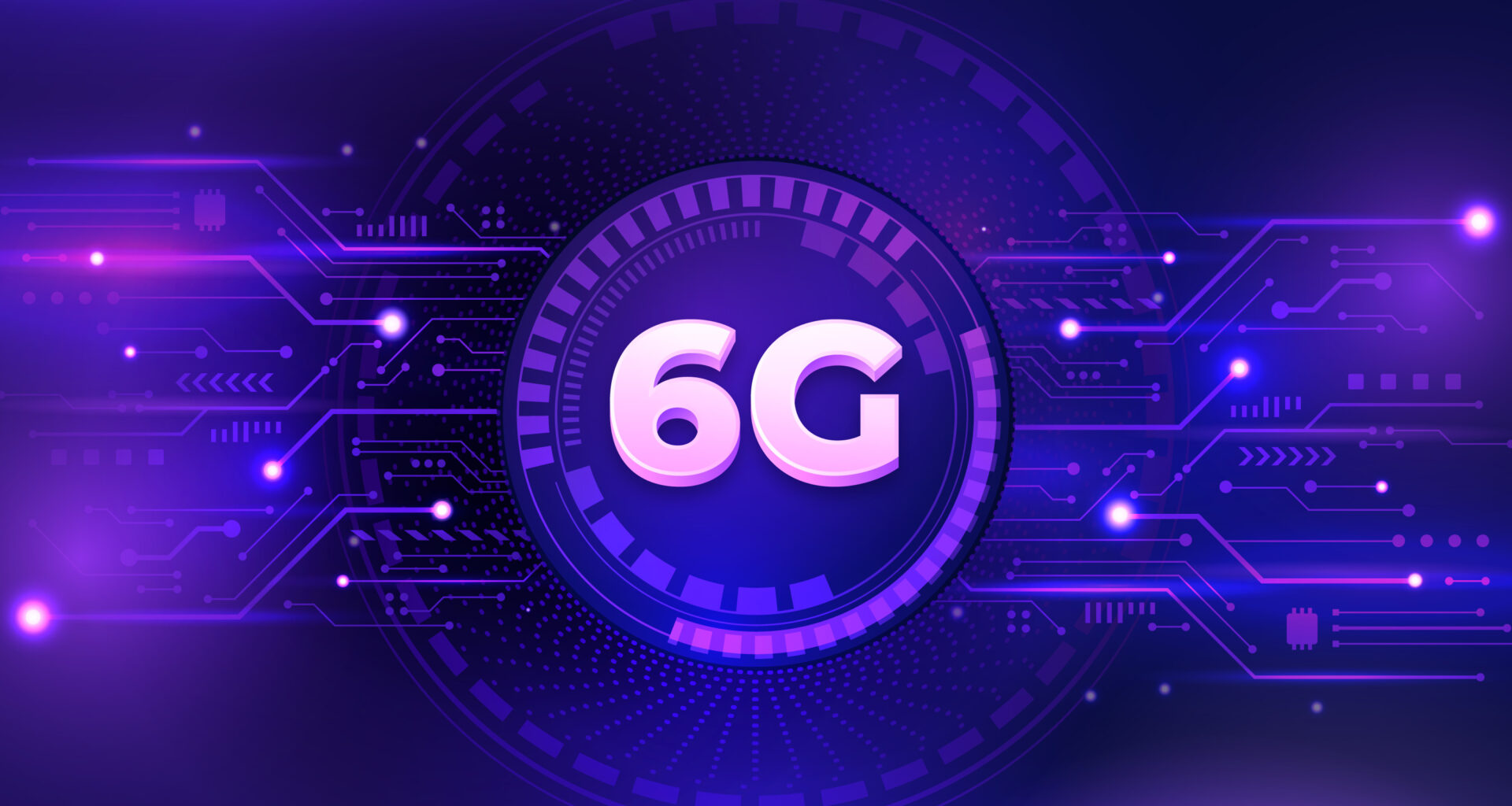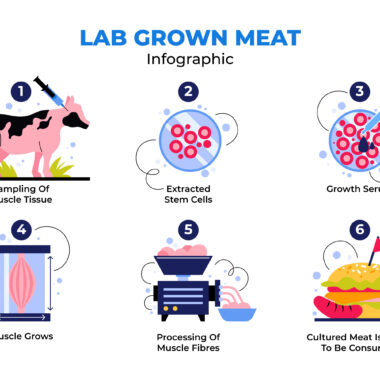While 5G networks continue their global rollout, promising faster speeds and lower latency, the telecommunications industry is already setting its sights on the next generation of wireless technology: 6G. Although still in its early stages of development, 6G is poised to usher in a new era of connectivity with unprecedented capabilities and transformative applications.
What is 6G?
6G, or sixth-generation wireless technology, is the successor to 5G. While 5G is focused on enhancing mobile broadband and enabling the Internet of Things (IoT), 6G aims to push the boundaries even further. It is expected to offer significantly faster speeds, ultra-low latency, massive device connectivity, and support for emerging technologies like holographic communication and the tactile internet.
Key Features and Potential of 6G
- Terahertz Frequencies: 6G is expected to utilize terahertz frequencies, which are much higher than those used by 5G. This will enable significantly faster data speeds, potentially reaching terabits per second.
- Ultra-Low Latency: 6G aims to achieve latency in the order of microseconds, far lower than 5G. This will be crucial for applications that require real-time responsiveness, such as remote surgery, autonomous vehicles, and virtual reality.
- Massive Device Connectivity: 6G is designed to support a massive number of connected devices, far exceeding the capabilities of 5G. This will be essential for the growth of the IoT and the realization of smart cities and smart homes.
- Holographic Communication: 6G is expected to enable holographic communication, allowing users to interact with 3D representations of people and objects in real time.
- Tactile Internet: The tactile internet, made possible by 6G’s ultra-low latency, will enable users to interact with remote objects as if they were physically present. This has the potential to revolutionize fields like remote collaboration, education, and healthcare.
- Artificial Intelligence Integration: 6G networks are expected to be deeply integrated with artificial intelligence, enabling intelligent network management, optimization, and personalized user experiences.
Challenges and Timeline
Developing 6G presents significant technical challenges, including the development of new materials, components, and algorithms to support terahertz communication. Additionally, ensuring the safety and security of 6G networks will be paramount.
While 6G is still in its infancy, research and development are already underway. Industry experts predict that the first commercial 6G networks could be deployed around 2030.
The Future with 6G
6G has the potential to transform our lives in ways we can only imagine. It could enable a truly connected world, where people and devices seamlessly interact in real-time, regardless of location. 6G could revolutionize industries, from healthcare and education to manufacturing and transportation.
While the full potential of 6G is yet to be realized, it is clear that this next generation of wireless technology will play a pivotal role in shaping the future of connectivity and innovation.
In conclusion,
6G represents the next frontier of wireless communication, promising to deliver unprecedented speeds, ultra-low latency, and support for groundbreaking applications. Although still in its early stages, 6G has the potential to transform our world and usher in a new era of connectivity and innovation. As research and development continue, we can look forward to a future where the possibilities are truly limitless.











